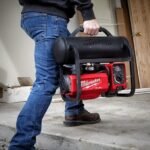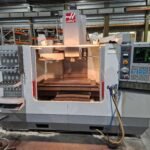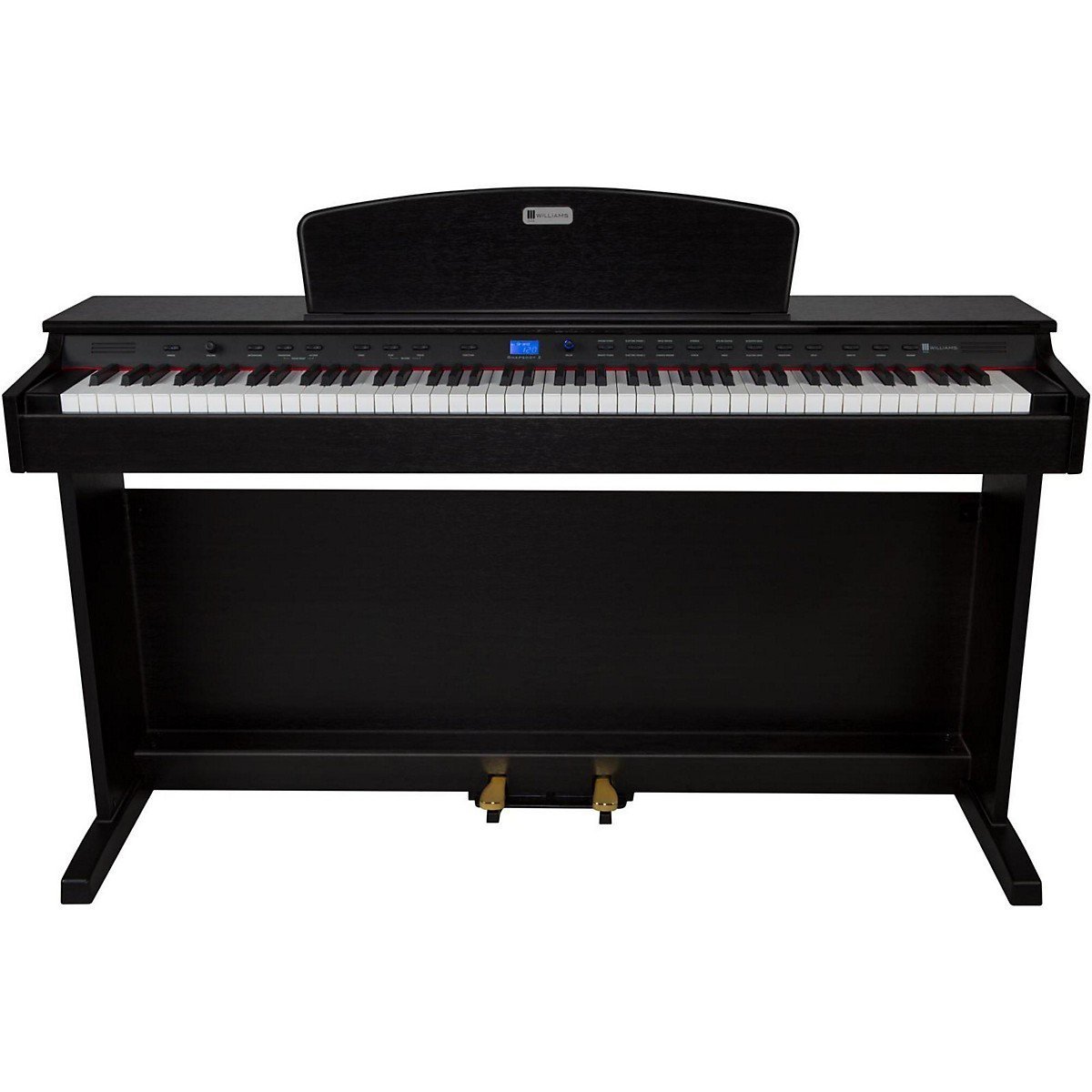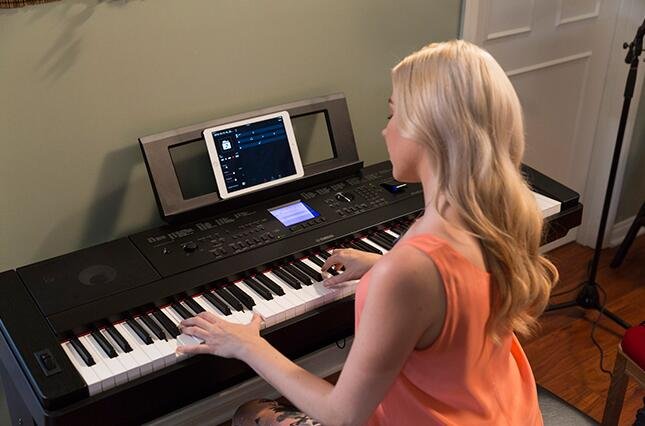In this article, we will take a look at some of the factors that go into discovering what some of the best sounding digital pianos on the market are. In doing this, we’ll look at a number of things like the course the sound, tone, machinery behind the sound, and the engineering of the instrument.
Continuous progressions have been witnessed in the field of music and the changes appear to be magical. Over years, a number of innovations have been made with evolution of new phases and instruments making music more interesting than ever.
As you look in the past, you will find that musical instruments have made their headways towards making music more fun and entertaining with addition of fantastic features and expressions. Quality of sound has improved while reducing purchasing cost.
One fine example is evolution of some best digital pianos that have made owning a piano more cost effective while offering more freedom of expression with ease through superb choice of features and voices.
Why would I buy either one of these pianos?
The CS8 and CS11 are perfect if you want the closest possible experience to playing an acoustic piano, but need the particular conveniences of a digital instrument.
These include the ability to select a suitable volume level, enjoy the extra creative flexibility of having other high quality sounds, record in MP3 or WAV formats to USB, and to play privately with headphones.
Could you tell me a little about your favourite onboard options/effects?
The best thing has to be the Virtual Technician feature. VT offers the player extremely precise control over a whole host of factors including voicing, touch curves, string and damper resonances, and alternative tuning temperaments.
Kawai has been incorporating VT for some time, but more recent developments have widened its scope, and the ability to access it using the Kawai iPad app has now made it much more immersive, offering a great level of personalisation and a nice way to learn more about all the individual elements of a piano’s sound and performance. More at https://www.brandreviewly.com/where-to-get-the-best-sounding-digital-piano-online/.
1. Yamaha P45

A great choice among those on a moderately tight budget, the P45 comes with a decent number of digital functions.
Where the unit really shines is in its ability allow users great music while being on the move regardless of your choice among the 10 inbuilt voices or any other music you wish to play. Speaking of movement, the unit is also compact and easy to figure out even if you’ve never played the piano.
The interface and key layout are extremely simple and combined with the dust resistant coating of the keys, this makes for a no-frills learning experience sans the trouble involved in regular digital piano maintenance.
It is true that such simplicity made a few users press multiple buttons in an attempt to discover correct combinations, but this did not prevent them from making extensive use of the USB port to obtain better sound every day.
Furthermore, teachers found the unit extremely easy to use as a learning tool for their students. With the keys being every bit as traditional-seeming as in the other Yamaha contender above, the P45 stakes a good claim to being a versatile’ learner’s and standard’s piano.
2. Yamaha’s YPG-535

Yamaha’s YPG-535 has a full 88-key range at a mid-level price. The graded soft-touch action assists young and beginner players, and touch response technology means the keys respond with different volumes to different levels of pressure. The handsome stand makes it a perfect fit for in-home use.
The YPG-535 comes with the Yamaha Education Suite and Performance Assistant Technology that excels at helping students develop their skills The built-in amplifier and speakers accurately reproduce the 500 pre-programmed voices.
A recorder and sequencer both with six tracks allow you to create and capture complex performances. A full slate of digital reverb, chorus and harmony effects allow you to shape sounds to match your music and setting.
Experienced pianists and dedicated students will appreciate a console piano like the Kurzweil MP-10 Digital Piano. The full-length keybed features the Triple Strike Grand Piano sound Kurzweil is known for, in addition to 87 other voices. Three foot pedals provide the soft, sostenuto, and sustain/damper effects of an acoustic instrument.
3. Williams Rhapsody 2

The Williams Rhapsody 2 digital piano is the most affordable digital piano on this list! This is an excellent starting piano for those who are beginning on the piano.
The Williams Rhapsody 2 has everything to need to play the piano – weighted keys, sustain and soft pedals, music stand, stereo speakers, and 64 polyphony. In addition, there are vibrato and modulation features which gives you more options to play with.
You can also choose from 12 different sound effects for a more interesting musical experience.
Also included is a USB/MIDI connection for phones and mp3 players, quarter inch jack, and head phone jack for private playing.
4. Yamaha P115

Offered with an extended 3 years warranty of manufacturer, the Yamaha P115 is an impressive instrument with state of the art technology and sampling giving it enhanced sound quality and features.
The authentic Graded Hammer Standard weighted action keys with touch sensitivity feature give the piano a feel like a grand one.
This feature makes piano practice for beginners more effective by allowing them to practice with proper fingering technique. Practicing over this keyboard will prepare piano learners to adjust and play with ease over a real one in future.
The finish of the keys is such that you wouldn’t find it slippery and your hands/fingers wouldn’t be strained with extended duration of practices.
10 different styles, built-in rhythms and expressive sound quality makes it an absolutely wonderful choice for intermediates to explore varied areas for diversified learning.
You just need to play a chord and these styles would give you a complete garnished sound. The sound quality of this Yamaha model is improved and it comes with features that are user-friendly. Moreover it is simpler to setup and has a compact structure.
Moreover this piano comes with a free Digital Piano Controller app that enables piano learners to control a number of functions of this piano easily with the aid of their iPhone or iPad. Doing so makes their practices more interesting as they find new ways of enjoying piano functions.
5. Yamaha’s CP-300

Yamaha’s CP-300 is for serious musicians who need a bank of top-quality voices and effects, a wide range of controls and tools, and superb playability.
The 88-key graded hammer-effect weighted action precisely replicates the feel of an acoustic piano. With an extensive range of MIDI control options, a robust sequencer, and versatile outputs for recording and stage work, the CP-300 is ready for the road and studio.
The CP-300 is portable and playable for the touring musician, but it is also powerful enough to be the centerpiece of any computer-based recording studio. Some of its advanced features include:
4-zone dual and split voice modes
MIDI, USB, 1/4″ stereo, and XLR connectivity
30Wx2 stereo monitor system
Programmable digital effects
Undecided about a digital piano?
If you’re not sold on purchasing a digital piano versus a traditional acoustic piano, here are some advantages to consider:
Convenience/portability – Digital pianos are much lighter and usually more compact than acoustic pianos. Even console models that have a cabinet resembling a traditional piano generally weigh far less than their acoustic counterparts.
Most models can be easily broken down for storage while digital pianos designed for stage performance will easily fit in your vehicle when you hit the road.
Cost – Digital pianos generally cost far less than their acoustic counterparts. Maintenance beyond dusting is pretty much a non-issue with digital pianos whereas acoustic pianos require tuning from time to time—a costly service.
Volume/Versatility – A traditional piano generates a certain volume range depending on how hard you strike its keys. Digital piano volume is easily controlled over a wide range and silent practice is possible using headphones on most models—a blessing for the rest of your household.
With the extensive sound sets built into digital pianos, you can easily add drums and percussion, woodwinds, brass, and many other sounds to your performance.
Recording capability – Most digital pianos allow you to record your performance, which can be an advantage when you’re learning to play and want to review how you’re progressing. Recording and sequencing capabilities are also important if you plan to create your own songs.
Connectivity – Most digital pianos have MIDI capability allowing you to connect to computers and recording equipment. Many have a USB port making connections with all kinds of audio gear simple. Some models accept flash memory cards so you can transfer music to other devices and computers.







